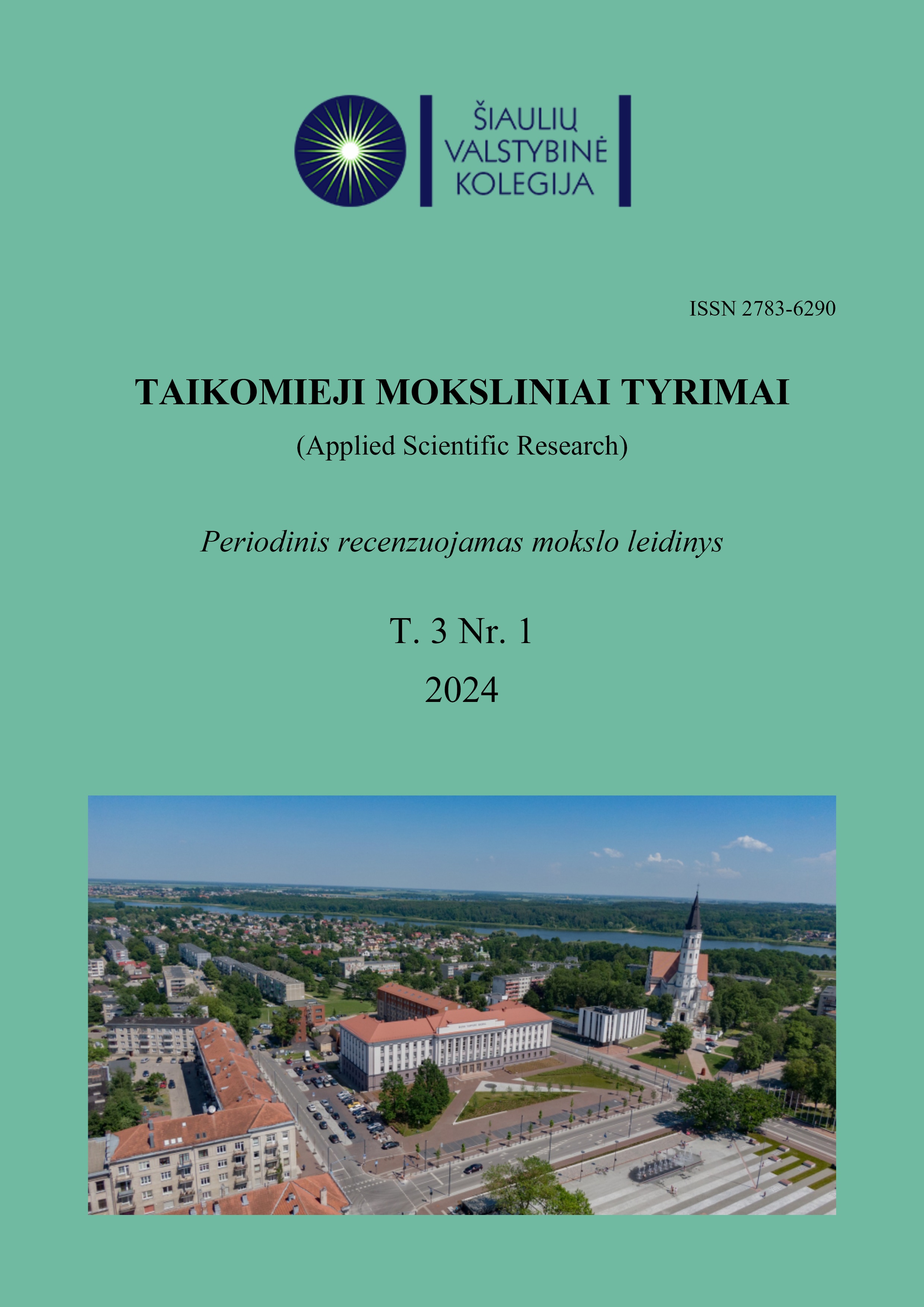The Application of an Underwater Robot for the Creation of a Database for the Technical Inspection of the Underwater Components of Water Transport and Infrastructure
DOI:
https://doi.org/10.56131/tmt.2024.3.1.259Schlagworte:
CHASING M2 PRO MAX, ROV, technical inspection of ships and port infrastructure, remotely operated underwater drone, technical inspection, hull inspection, IMO, SQLAbstract
This paper examines the application of the CHASING M2 PRO MAX underwater robot for the creation of databases for the technical inspection of the underwater components of water transport vehicles and their infrastructure. The paper defines and analyzes specific areas of application for the underwater robot, detailing the characteristics of its control systems that are essential for efficiently and accurately collecting data on water transport vehicles and underwater port infrastructure. Special attention is given to the operations of the technical inspection process of watercraft and port infrastructure. The study analyzes how this robot can improve the data collection process and inspection efficiency. Finally, the underwater inspection process is modeled, demonstrating how the CHASING M2 PRO MAX can be integrated into existing procedures to optimize data collection and analysis. This research opens new possibilities in the field of water transport safety and infrastructure maintenance, providing valuable insights into the application of underwater robot technologies.
Downloads
Downloads
Veröffentlicht
Zitationsvorschlag
Ausgabe
Rubrik
Lizenz
Copyright (c) 2024 Justas Žaglinskis, Evelina Noreikaitė

Dieses Werk steht unter der Lizenz Creative Commons Namensnennung - Nicht-kommerziell - Weitergabe unter gleichen Bedingungen 4.0 International.





